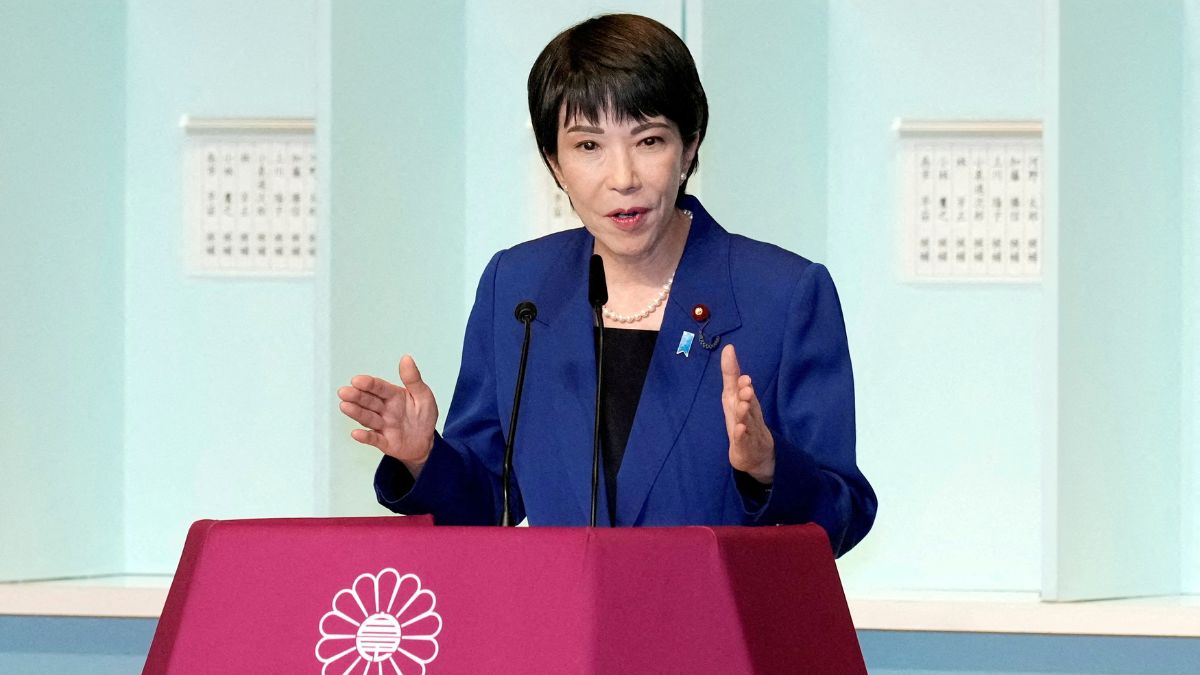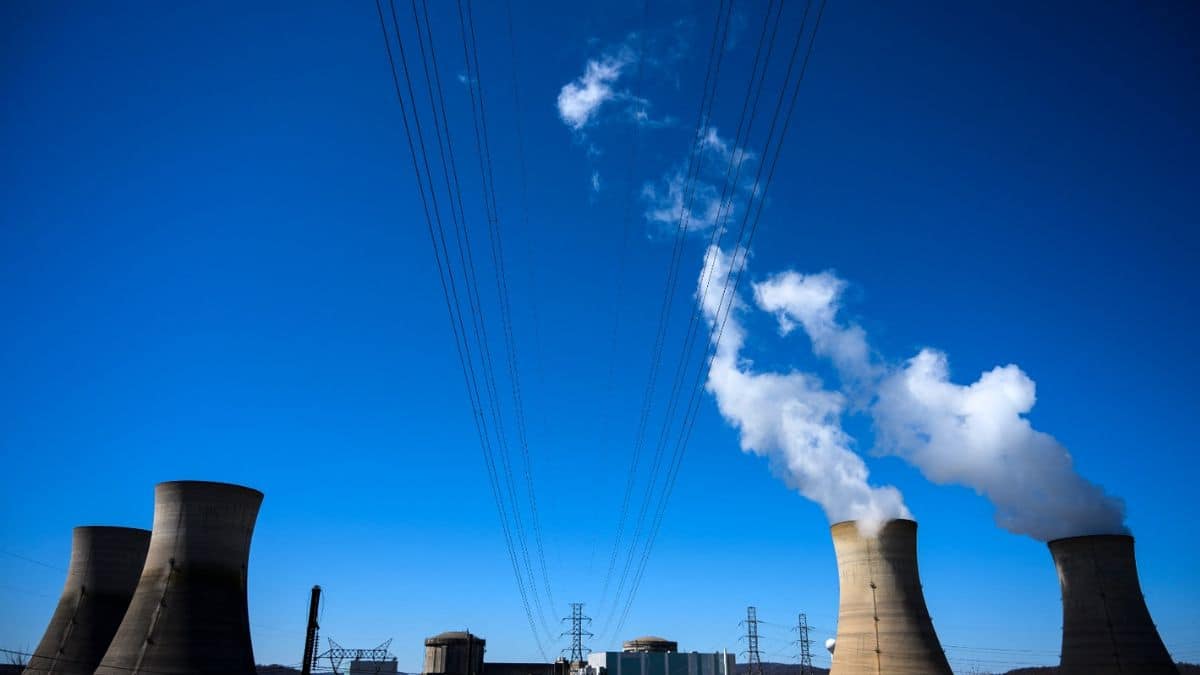Japan’s lower house of parliament on Tuesday appointed Sanae Takaichi, the conservative China hawk, as the country’s first woman prime minister.
Takaichi will formally assume office after a meeting with Japanese Emperor Naruhito later in the day.
Takaichi’s appointment as the first woman premier is being seen as the breaking of the glass ceiling in a country in which men continue to hold nearly all positions of power — women hold fewer than one-fifth of parliamentary seats and men run almost all big corporations in the country.
Shortly after her appointment, Prime Minister Narendra Modi congratulated Takaichi and said he looked forward to working with her to further strengthen the India–Japan relationship.
ALSO READ: What ‘China-hawk’ Sanae Takaichi’s rise as Japan’s PM means for India
In another first, Takaichi is set to appoint Satsuki Katayama as her finance minister, who would be the first woman to hold the portfolio. Both Takaichi and Katayama are seen as former Prime Minister Shinzo Abe’s proteges.
In a surprise, Takaichi crossed the majority-mark in the first round of voting. She got 237 votes in the 465-member house.
Takaichi’s prime ministerial bid received an initial setback when the centrist Komeito party quit the alliance with her party LDP. However, she struck a deal with right-wing Japan Innovation Party (Ishin) on Monday that cleared the way for her appointment.
Impact Shorts
More ShortsEven though Takaichi has become the first woman prime minister, she is a conservative and there are not expectations that she would pursue a progressive agenda. Instead, the country is expected to move to the right on immigration and social issues. She opposes same-sex marriage and a growing movement in the country to allow married couples to have separate surnames. She is also a visitor of the Yasukuni Shrine that honours Japan’s war criminals.
Takaichi has work cut out for her
Takaichi has work cut out for her from day one. She is not expected to have any honeymoon period. The economy is expected to be at the top of her agenda.
For years, Japan has been plagued by deflation and is currently in the grips of rising prices. Such a situation has sparked public anger that has fuelled support for far-right forces in the country. Both the public and industry have high hopes with Takaichi.
Previously, Japan’s equity markets rose at the prospects of Takaichi’s elevation as the prime minister. There is hope that she would spend more to try to jumpstart the economy. After she struck the coalition deal with Ishin, the Nikkei rose to a record high and closed 3.4 per cent higher.
Katayama’s expected appointment as the finance minister is part of Takaichi’s economic agenda. Currently, she chairs the LDP’s research commission on the finance and banking systems and has a strong background in economics and finance. She served as the local revitalisation minister in Abe’s government.
PM Modi congratulates Takaichi
Shortly after the Japanese parliament appointed Takaichi as the premier, Prime Minister Narendra Modi congratulated her.
In a post on X, Modi congratulated Takaichi and said he looked forward to working with her.
“Heartiest congratulations, Sanae Takaichi, on your election as the Prime Minister of Japan. I look forward to working closely with you to further strengthen the India–Japan Special Strategic and Global Partnership. Our deepening ties are vital for peace, stability, and prosperity across the Indo-Pacific and beyond,” said Modi.
Heartiest congratulations, Sanae Takaichi, on your election as the Prime Minister of Japan. I look forward to working closely with you to further strengthen the India–Japan Special Strategic and Global Partnership. Our deepening ties are vital for peace, stability, and prosperity…
— Narendra Modi (@narendramodi) October 21, 2025
India and Japan are close economic and defence partners. In India, Japan is a key developmental partner and is part of several infrastructure projects. In the Indo-Pacific, the two countries work closely bilaterally and in multilateral forums like the Quad as part of their commitment of free and open region and checking China’s hegemonic designs.


)

)
)
)
)
)
)
)
)



